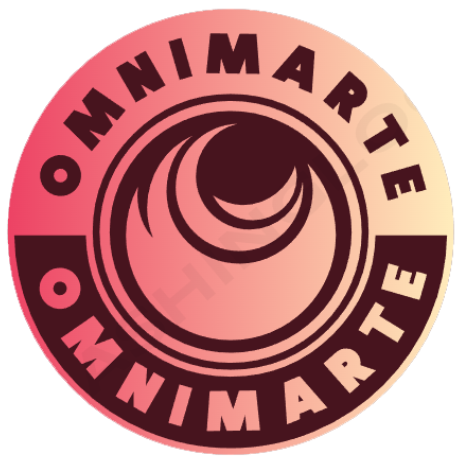Suriname (1873-) Country Guide
Suriname is a small country on the northeastern coast of South America.
Suriname was visited by Spanish and Dutch explorers but the first attempt to settle in Suriname was by the English in 1630. An interesting historical aside comes, thanks to Lord Willoughby, the governor of Barbados, who in in 1650 decided to start his own colony there called Willoughbyland.
In 1663 the colony was thriving with 50 sugar plantations worked by indigenous Indians and 3,000 African slaves along with around 1,000 white settlers and Brazilian Jews who were granted religious freedom by the English. A success, it was called “England’s most hopeful colony” and more people flooded in or were born there. Growth was also attributed to the fact that “… the women are very prolifical and have lusty children.”
Willoughby, himself, had returned to England and had been granted complete control of the colony by the king. The plantation owners (there were now over 200 of them) did not like the power and control he was granted, objected. Willoughby returned to his colony in November 1664 only to survived an assassination attempt. He, and his travelling companions also brought with them a fever which killed as many as a third of the population.
In 1667, the English attacked and Willoughbyland was captured by the Dutch Admiral Abraham Crijnssen and the main settlement renamed Fort Zeelandia. Willoughbyland was exchanged for New Amsterdam, (now New York City).


The Dutch settled in and ran a lucrative business and thriving colony with 200 plantations worked by over 13,000 African slaves. Treatment of the slaves was horrible and they would frequently escape. The Dutch abolished slavery only in 1863 and the slaves were contracted to stay on and work. From 1817 to 1916, Chinese and Indian workers from the Dutch East Indies also were contracted to work the plantations.
Suriname was a constituent country of the Kingdom of the Netherlands between 1954 and 1975. The country became fully independent as the Republic of Suriname on 25 November 1975.
A particularly interesting account of a soldier from the Netherlands can be found here for further reading.
The first issue for Surinam consisted of sixteen stamps released from 1873-1888 and featured the portrait of King William III. I have none of these, of course.
What I do have is one of the four stamp 1912 issues which are pretty plain. Looking at it I initially thought it might not be a real stamp. I thought it might have been a label.






Again, the pages are here for when (and if) I can add to them and further discuss the stamps I add. So that’s it for now!
Suriname stamps are moderately expensive so I can only get them when I can find them inexpensively. There are quite a few that are numerals including early issues.
Some issues are very attractive including the 1938 Scott B29 “Surinam Girl” and the Art Deco looking 1928 Scott B6 5″Nurse and Patient” stamp.
I will keep my eyes open for them!
I have a personal connection to Suriname which prompted me to write this up despite only having one stamp! My Great, Great, Great, Great Grandfather was from Switzerland/Germany and enlisted with the British army in 1806 at age 23. He was stationed in Halifax Nova Scotia but ended up stationed in the West Indies beginning in Martinique. He was then stationed in Suriname. When slaves were emancipated they were able to chose a surname. Supposedly the freed slaves were not permitted to choose a surname of a family that already lived in the area.
Two slaves were found in the registers, Hector, born around 1806 and Wilhelmina, born around 1835. She was reported to be the foster daughter of Marius. We are not sure of the connection (many of the records are in Danish and are in the Netherlands). There is, however, a gentleman with my last name who was part of the 1960 Suriname Olympic Football (ie. Soccer) team. No idea if there is a connection but the name is so obscure for it to considered especially since many of the soldiers did marry (or at least live with) the women native to the Islands. Some of them worked at the garrison (cooking, cleaning, etc.) However, when the Regiments were transferred to another country, the majority of the wives and children could not accompany the soldiers as there was a strict limit on the number of wives/families that would follow the troops.
So, while some of these pages are “weak” with information about stamps I will continue to add to them as I add to my collections. This website is a work in progress and new (as of this writing) so check back on these pages when you visit.
There is a lot of historical things to do in Suriname and some interesting festivals but I decided to not talk about them and post this video instead.
As always, I appreciate the comments, feedback, likes and shares. Mo o si !


